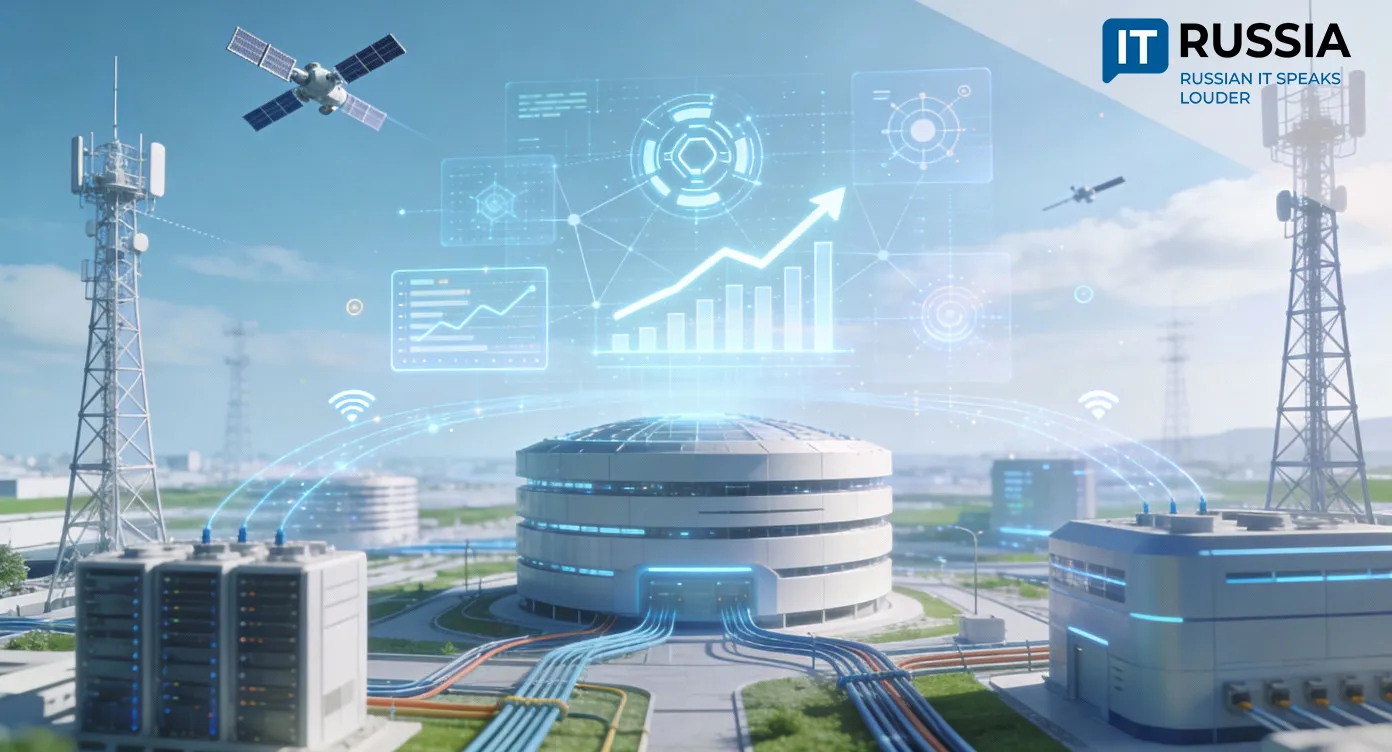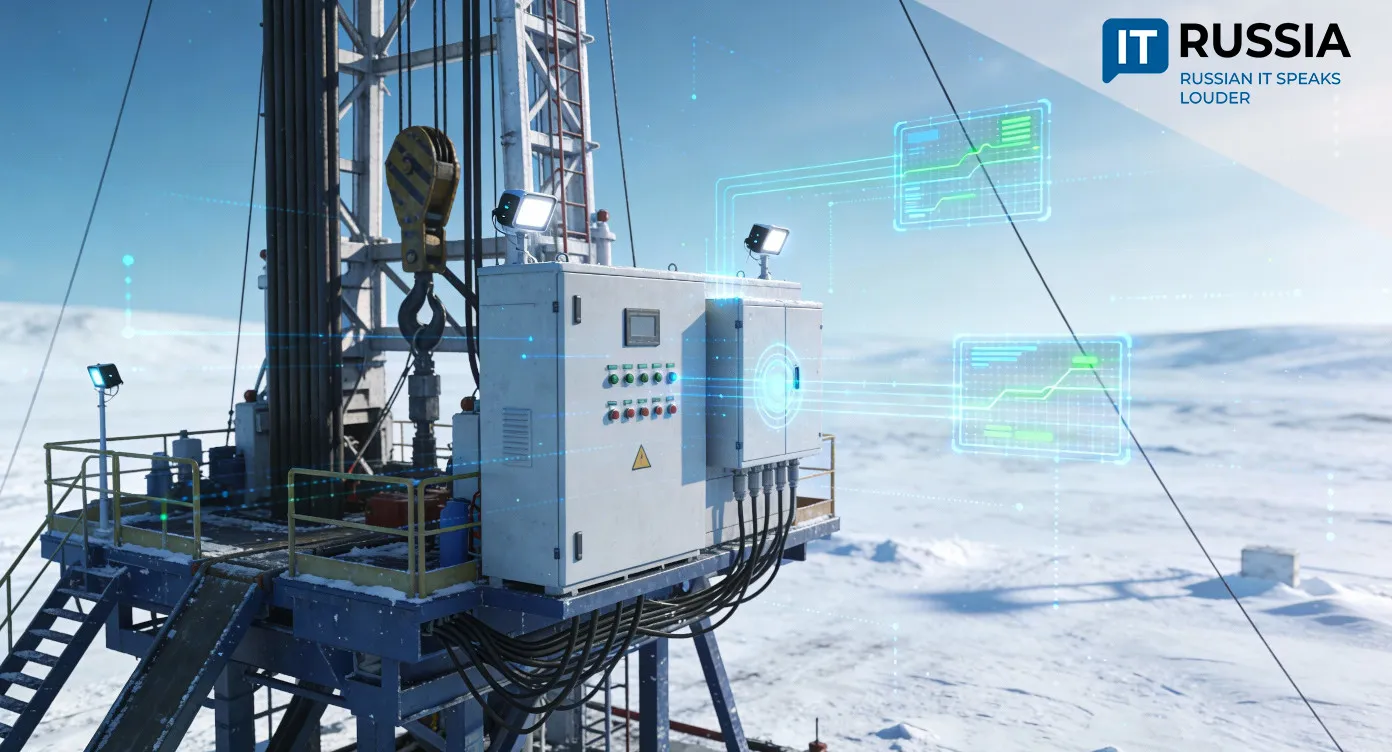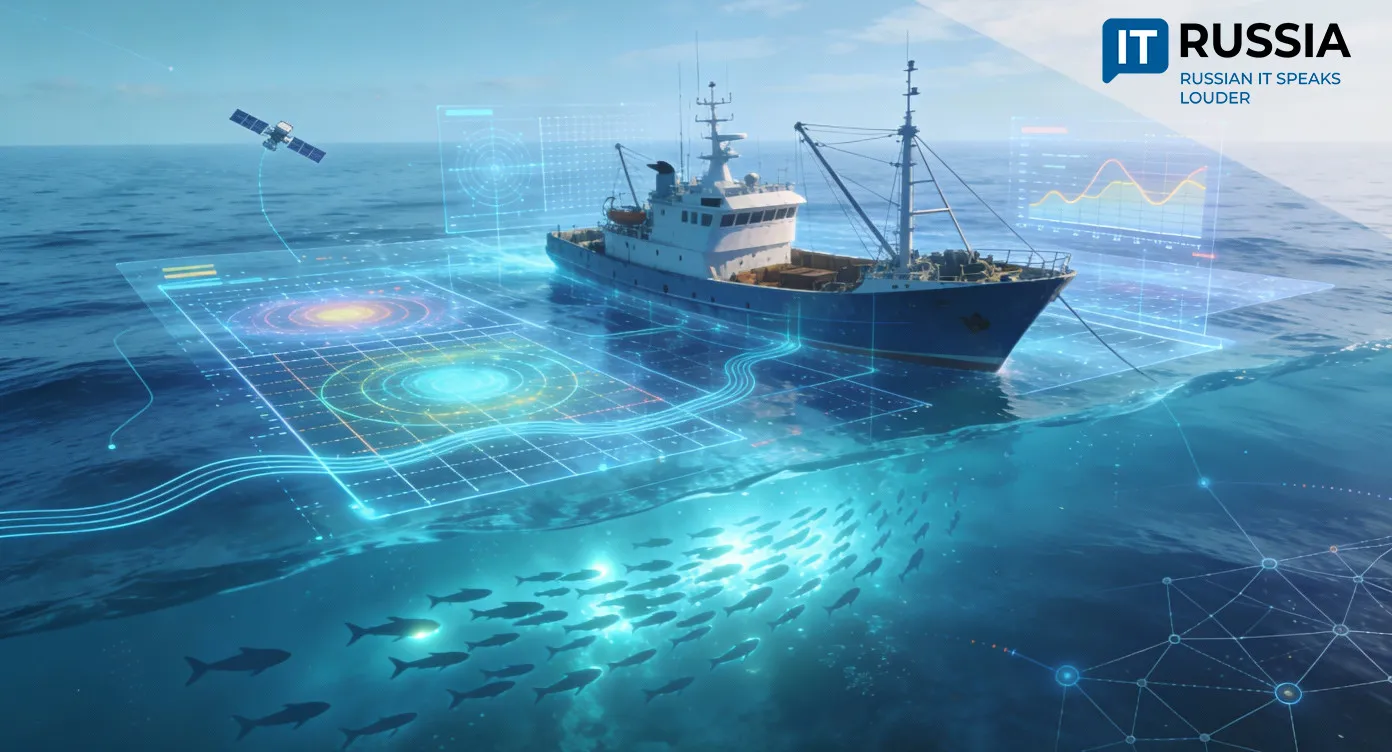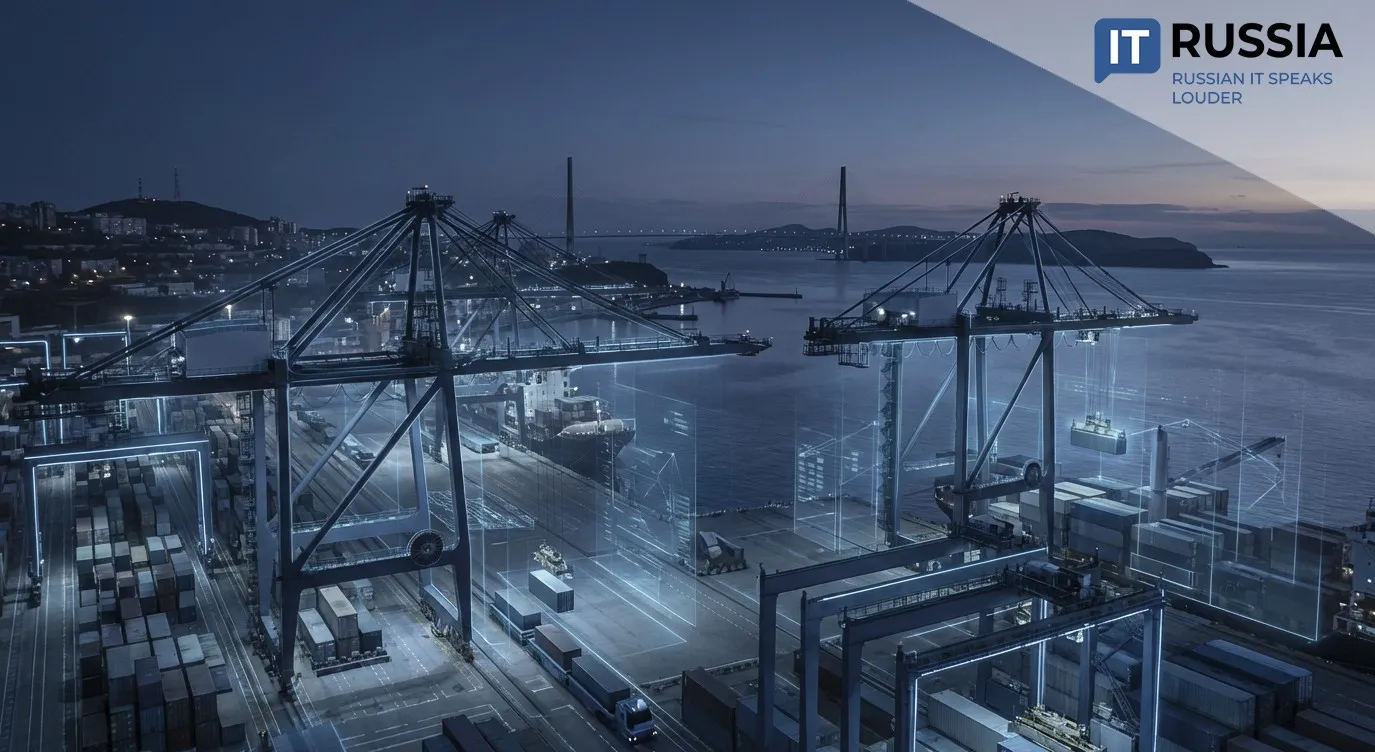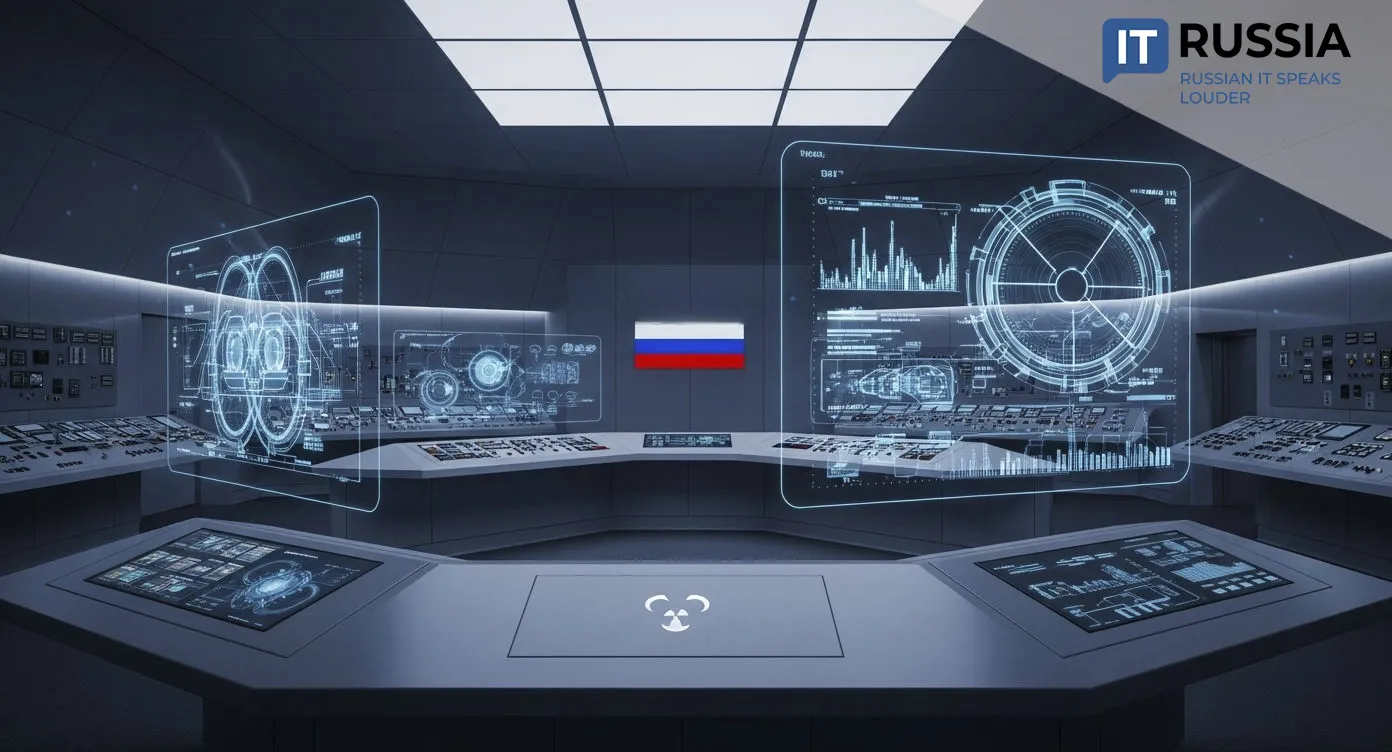Russia Develops Software to Revolutionize Satellite Navigation
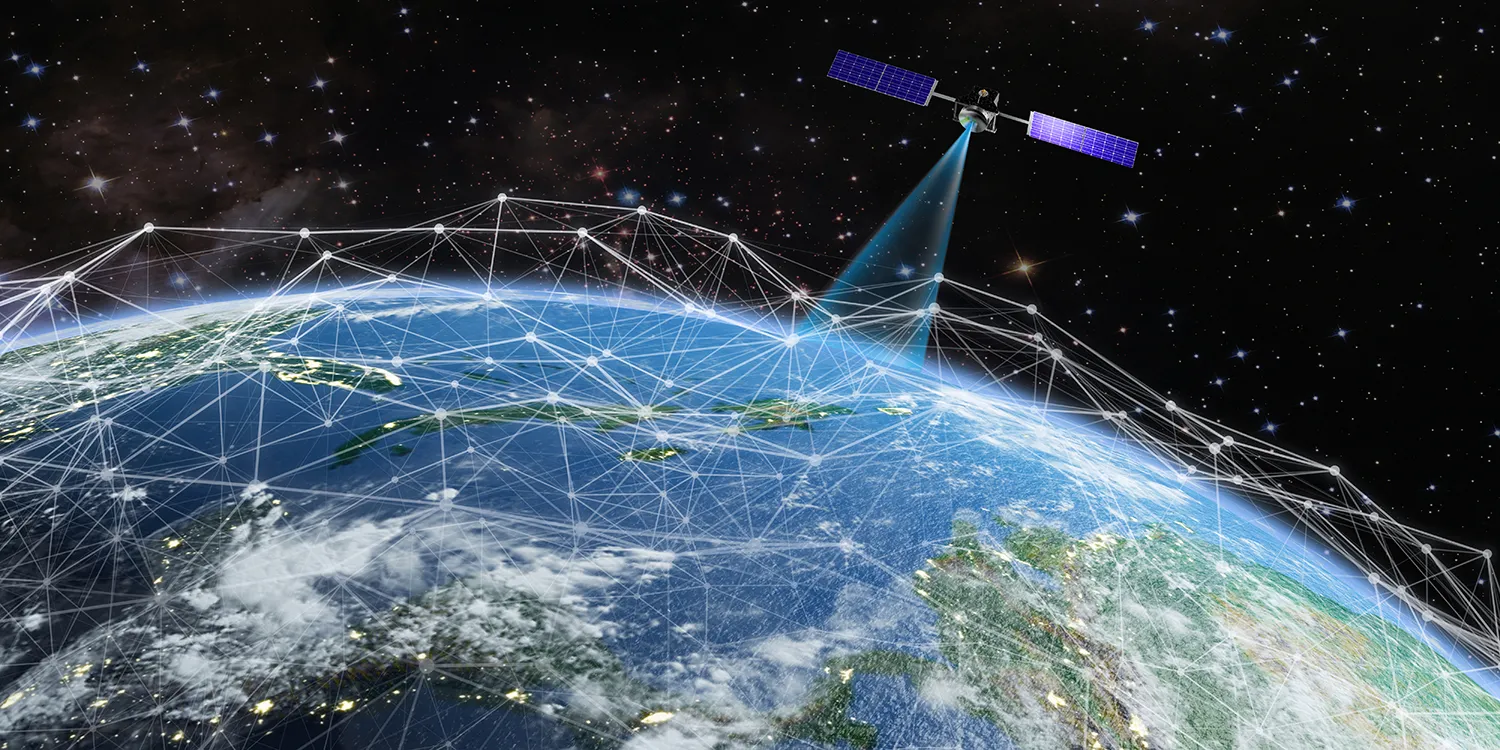
Scientists in Novosibirsk have created new software that enables inter-satellite signal tracking, paving the way for more accurate and autonomous global navigation systems.
A New Era of Precision
Researchers at Novosibirsk State Technical University (NSTU) have developed software capable of significantly improving the orbital accuracy and clock synchronization of GLONASS satellites. The innovation marks a breakthrough in GNSS technology and enables far more precise geolocation capabilities for next-generation satellite platforms.
The software enhances measurement planning, allowing for more accurate satellite data correction. This improves positioning accuracy for both consumer applications—such as smartphones and urban mobility—and high-stakes sectors including transportation, aviation, geodesy, construction, and defense.
Conventional GNSS satellites rely on atomic clocks to ensure temporal precision in positioning calculations. Yet even slight inaccuracies in clock function or orbital data can produce errors of several meters. The new software minimizes these deviations, resulting in more stable signals and improved reliability.
This improvement is especially critical for modern technologies that demand centimeter-level precision, including autonomous vehicles, drones, precision agriculture, and automated construction machinery.

Implications for Users and Strategic Independence
For everyday users, the technology translates into more reliable and precise navigation—whether for public transit routing, package delivery, or geolocation services in mobile apps. In the near future, it could enable the deployment of ultra-precise services such as automated drone logistics, autonomous vehicle guidance, and smart farming systems.
At the national level, this development represents a strategic advance for Russia in the race toward technological sovereignty in satellite navigation. By refining GLONASS performance without relying on foreign components, Russia is securing its place in the competitive arena of high-precision GNSS technologies.
The software is also compatible with international systems like GPS (USA), Galileo (EU), and BeiDou (China), opening the door to cross-system integrations and global applicability.
Technology Roadmap and Integration Potential
Experts see strong export potential for the new software, especially in industries where centimeter-level accuracy is crucial—such as agriculture, infrastructure development, UAVs, and intelligent transport systems.
Within Russia, the system could be integrated with RTK networks, precise positioning standards, and services like SBAS and PPP that support GLONASS. These enhancements would enable both local and international deployment in sectors requiring advanced navigation.
Real-time correction techniques like RTK and PPP are already demonstrating their value in dynamic environments, and the software could soon support a SaaS distribution model for government and enterprise clients.

A Technological Breakthrough
This innovation isn’t just a software upgrade—it represents a generational leap in global navigation accuracy. It positions Russia as both a leader in GNSS advancement and an exporter of enabling technologies.
Key directions include: – Export integration: packaging the software with GNSS systems for use in precision agriculture, transport, and drones; – Domestic applications: boosting regional service independence and enhancing mobile system autonomy.
To reach broader adoption, the product will need to meet international standards such as RTCM and SBAS, ensuring cross-border compatibility and system resilience.
Forecast and Deployment Timeline
2025–2026: Pilot launches based on RTK infrastructure, initial commercial contracts signed. By 2027: Full integration into national GNSS platforms and entry into international markets.
Rather than just refining satellite code, this is a leap toward scalable, ultra-precise, mobile-centric geospatial services. It reinforces Russia’s GLONASS leadership while elevating the country’s position as a technology exporter.



